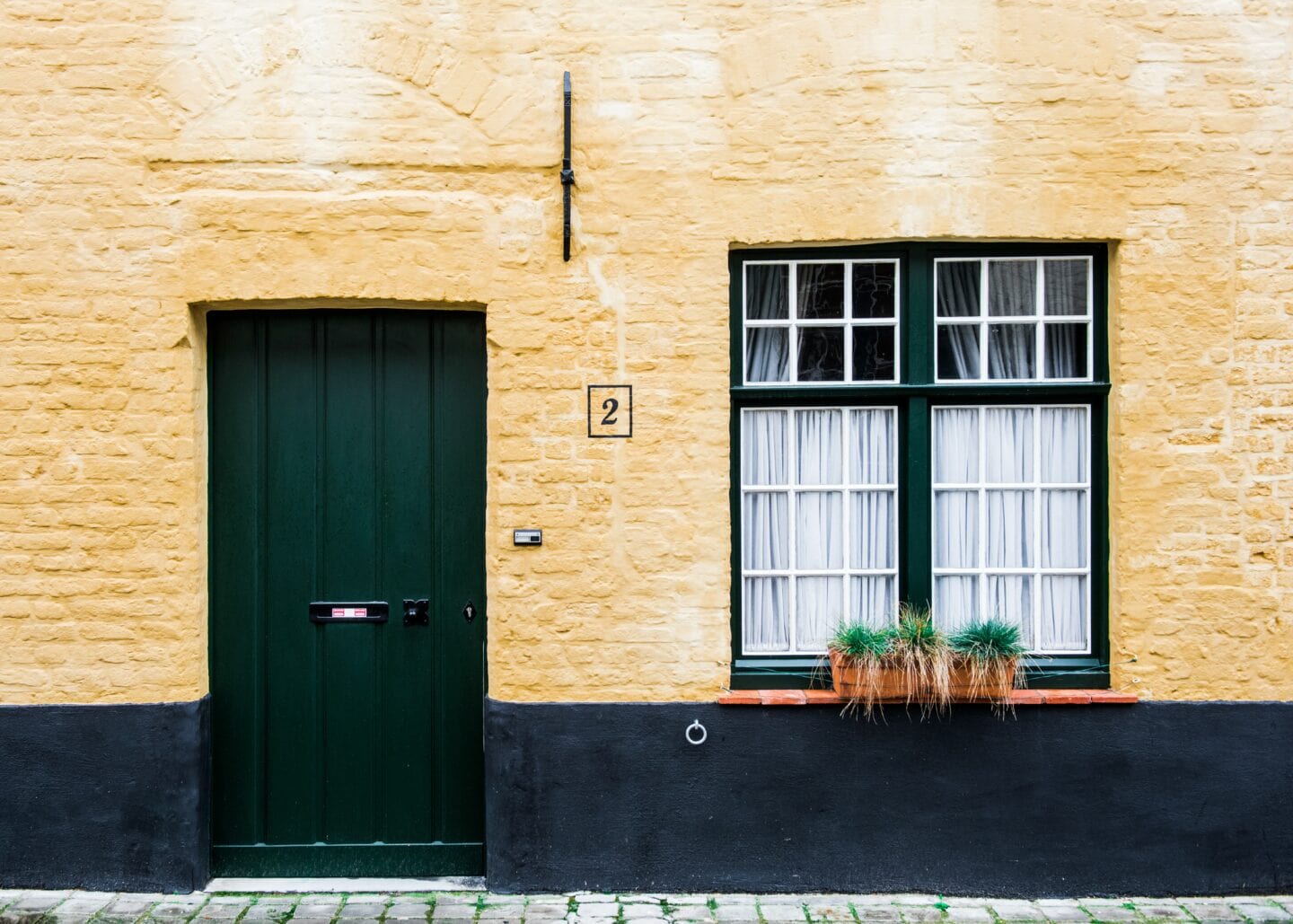
maintain your home can impact your family, finances, lifestyle and the environment. A recent UK study suggests that only 40% of homes meet energy standards. For this reason, homeowners need to find ways to reduce their carbon footprint as a small way of saving the environment. Here are a few simple ways to make your home environmentally friendly.
- Build with green materials
It is vital to use healthy, non-toxic building materials and furniture to reduce your environmental impact at home. This may include using renewable-sourced fabrics and non-oil based paints to build or restore your home. You can use salvaged materials like kitchen tiles and those with high recycled content for greening your home. You can also consider using wood-based elements from renewable sources such as bamboo. However, ensure that your hardwoods come from certified sustainable sources.
- Consider rooftop solar panels
Installing solar panels on your roof is an efficient way to generate sustainable energy for your home. The entry barrier is modest, and the benefits outweigh the initial investment. You can install solar panels on your rooftop or in the garden area where they can catch the sun’s energy. The converted sun rays can reduce your home’s dependency on the electrical system, reduce your energy bills, and save about 1.3 to 1.6 tonnes of CO2 annually.
- Boost your water efficiency
A green home should feature a design that helps save water. For example, you can design your home with water storage and efficient bathroom and kitchen fixtures. Consider installing a rainwater collection and storage system if you live in a drier location where water is becoming increasingly scarce and expensive. It would also be best to drive to the car wash instead of self-washing since they utilise high-pressure hoses that effectively clean your car with less water. You can consider installing a shower timer or using the dishwasher to clean your dishes. This doesn’t only save you time in cleaning but is good for the environment.
- Small scale wind turbines
Wind turbines are a great energy source for wide-open spaces for most people. However, it is possible to build your little wind to generate energy for your home if you have some space on your property. The nature of wind turbines requires making a few considerations, for instance, adhering to the noise and planning regulations of installing one. Wind turbines offer numerous advantages and can be even more reliable than solar, depending on your turbine size and capacity to produce energy for the entire home.
- Improve your energy efficiency
Energy efficiency involves using less energy to do the same tasks, decreasing energy waste and saving money in your house. Improving your energy efficiency may go beyond reducing your energy usage as you need to become more aware of how you use energy at home. Find areas where energy is wasted and put measures to be less wasteful. For example, an older boiler can cause you to lose energy in the home, so you may consider upgrading it with a new boiler to ensure optimised energy efficiency.
- Landscape with the environment in mind
Several studies have shown that landscaping can alter climate. Experts advise reducing “heat islands” by using vine-covered green screens, tall canopy trees, and other landscaping to shade external walls and the driveway, patios, etc. In most areas, drought-tolerant plants and lawns should be used to landscape the yard rather than plants and lawns that require a lot of watering. It would help if you considered implementing native vegetation and water-saving features in your home.
- Go for a green location
Infill properties, such as former parking lots, train yards, shopping malls, and factories, are the greenest development locations. Location efficiency can have a wide range of societal and environmental benefits, so you should consider compact development that utilises land. This way, you can leave your car at home when your home is within walking distance of public transportation such as trains, cycleways and buses. Also, consider how many trips you can make on a bicycle. This isn’t only healthier for you but your finances and environment, so keep this in mind.
Reducing your home’s environmental impact doesn’t only help in the wake of a global climate emergency but can save you money on your energy bills. These tips should get you started if you want to do your bit for the environment.
